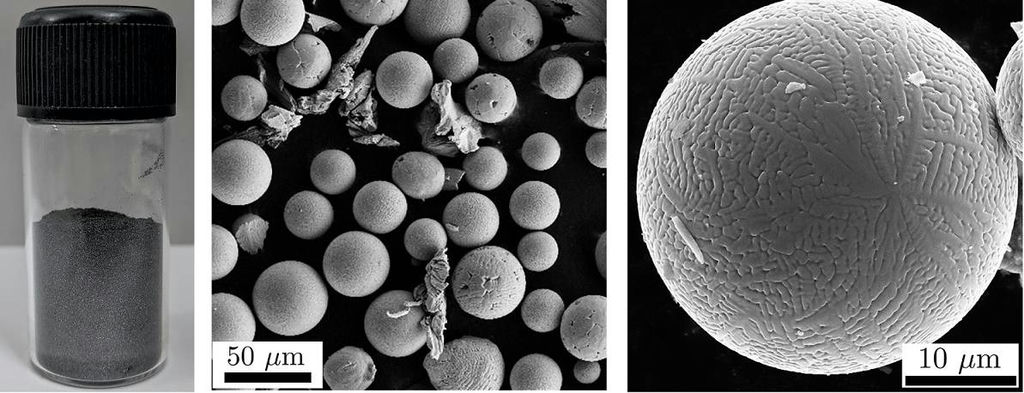A team of researchers at the Indian Institute of Science (IISc) has found an alternative low-cost technique to produce metal powders for 3D printing.
More from the News
Researchers at the Indian Institute of Science (IISc) have identified that a waste product of the metal grinding industry called swarf when refined performs just as well as commercial gas atomised powders in the context of metal Additive Manufacturing (AM) also known as 3D printing.
Swarf is often discarded as a waste product. It is commonly stringy in shape, like metal chips, but it often also throws up perfectly spherical particles. A team of researchers at the IISc led by Koushik Viswanathan, Assistant Professor at the Department of Mechanical Engineering, has found that these powdery metal bodies form as a result of melting due to high heat from oxidation, an exothermic reaction, at the surface layer. They then refined this process to produce large quantities of spherical powders, which are collected and processed further to be used as stock material in AM. Their study shows that these particles perform just as well as commercial gas atomised powders in the context of metal AM. This process can be used as an alternative technique to produce metal powders.
Priti Ranjan Panda, a PhD student at IISc’s Centre for Product Design and Manufacturing and one of the authors of the study, adds, “We have an alternative, more economical and inherently scalable route for making metal powders, and the quality of the final powders appear to be very competitive when compared with conventional gas atomised powders.”
Viswanathan explains, “There has been significant recent interest in adopting metal AM because, by nature, it enables significant customisation and allows design freedom. However, the large cost of stock metal powders has been the stumbling block. We hope that our work will open new doors to making cheaper and more accessible metal powders.”
“Reducing the cost of the AM process (via economical powders) can widen the range of materials in situations such as manufacturing of biomedical implants, which could become cheaper and more accessible,” adds Harish Singh Dhami, a PhD student at the Department of Mechanical Engineering and co-author of this study.
The researchers say that making metal powder using abrasion also has potential in other high-performance applications such as in aircraft engines, where a high degree of specificity and sophistication are required.
Traditional metal powders used for 3D printing have drawbacks. The major source material for AM is metal powder, which is predominantly produced using a technique called atomisation, in which a molten metal stream is broken up into fine droplets using air or water jets. However, despite its widespread use, atomisation returns poor yield, is expensive and is inflexible in the types of materials it can handle. However, this new technique side-steps these issues.
Subscribe to AM Chronicle Newsletter to stay connected: https://bit.ly/3fBZ1mP
Follow us on LinkedIn: https://bit.ly/3IjhrFq
Visit for more interesting content on additive manufacturing: https://amchronicle.com/


